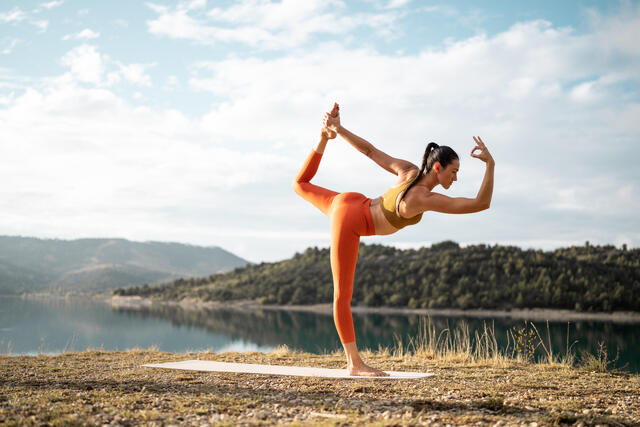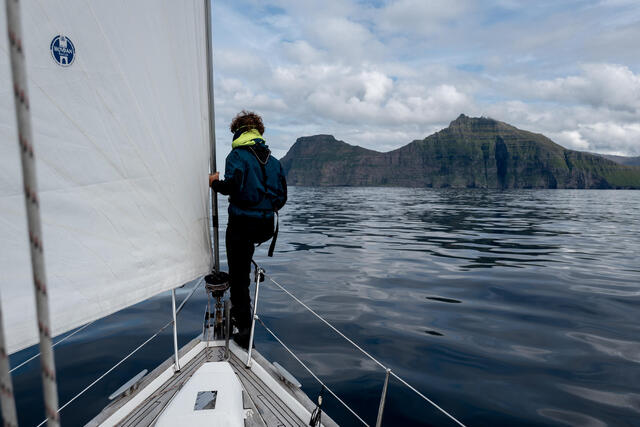Step 4 - Put your most important items in arm’s reach
Now that you’ve got a good backpack weight distribution with all your heavy items packed up, you’ll have a good foundation to pack essential belongings. Although it depends on how many side pockets or compartments your rucksack has, the majority of your important items will sit at the top of your rucksack.
Backpacking can be unpredictable, so when packing your rucksack, it's vital to be able to quickly find exactly what you need. So they remain easy to access and to avoid any misplacement caused by movement, essentials such as first aid kits, torches, suncream, hats, gloves and potentially squashable food will need to be economically packed.
Most importantly of all however, make sure you leave space at the top of your rucksack for your waterproofs, so that when the heavens open, they’re quick to find.






















